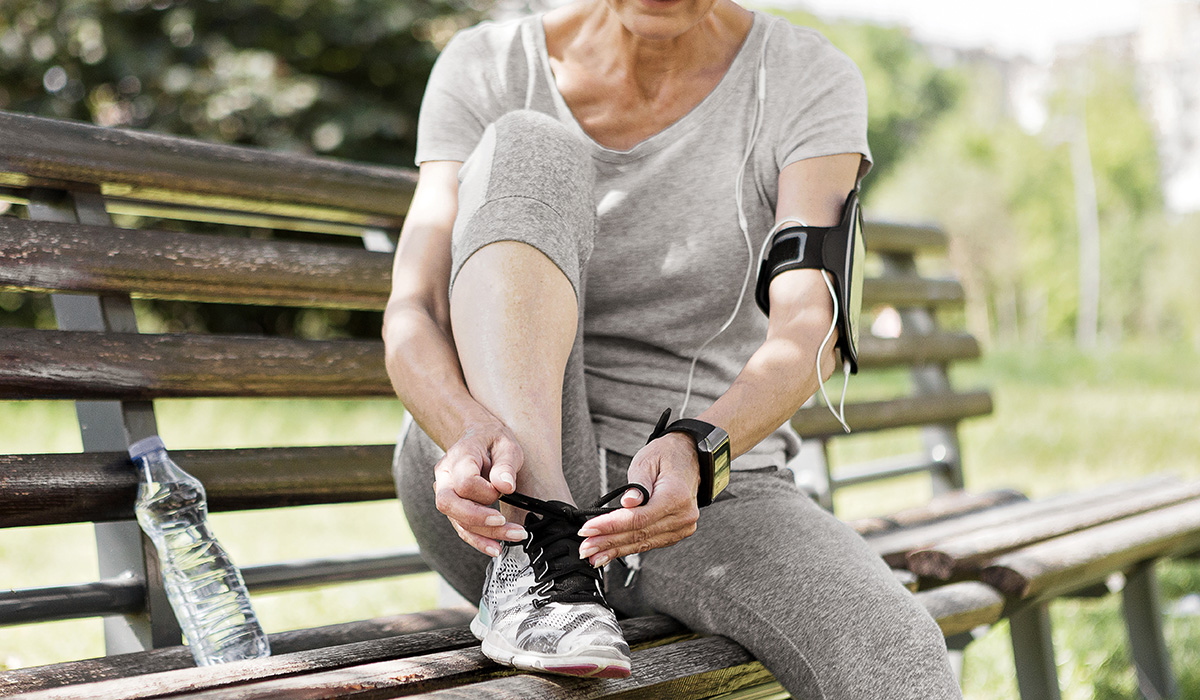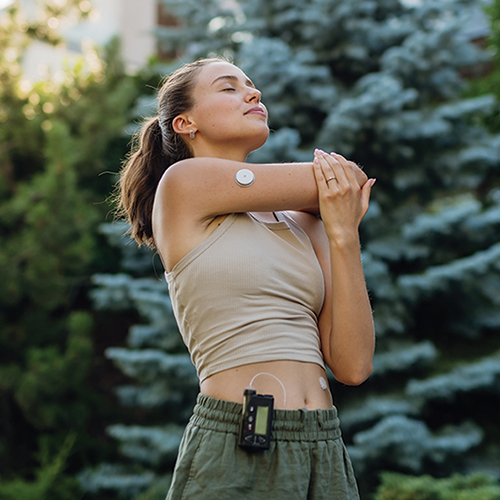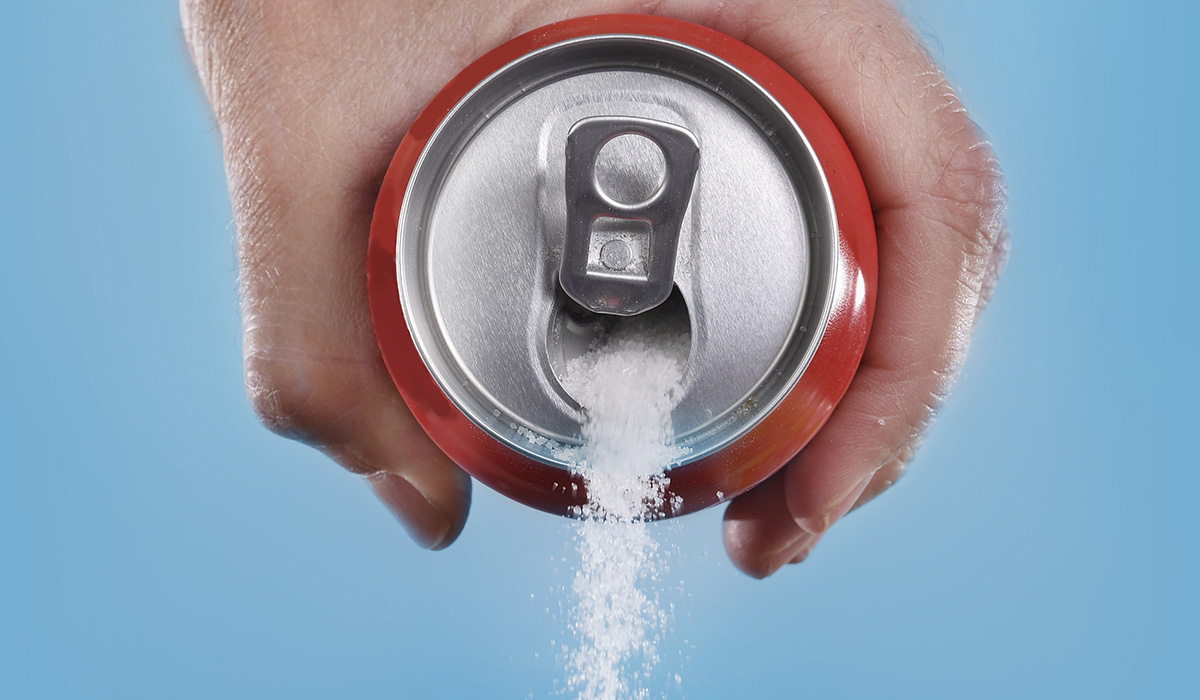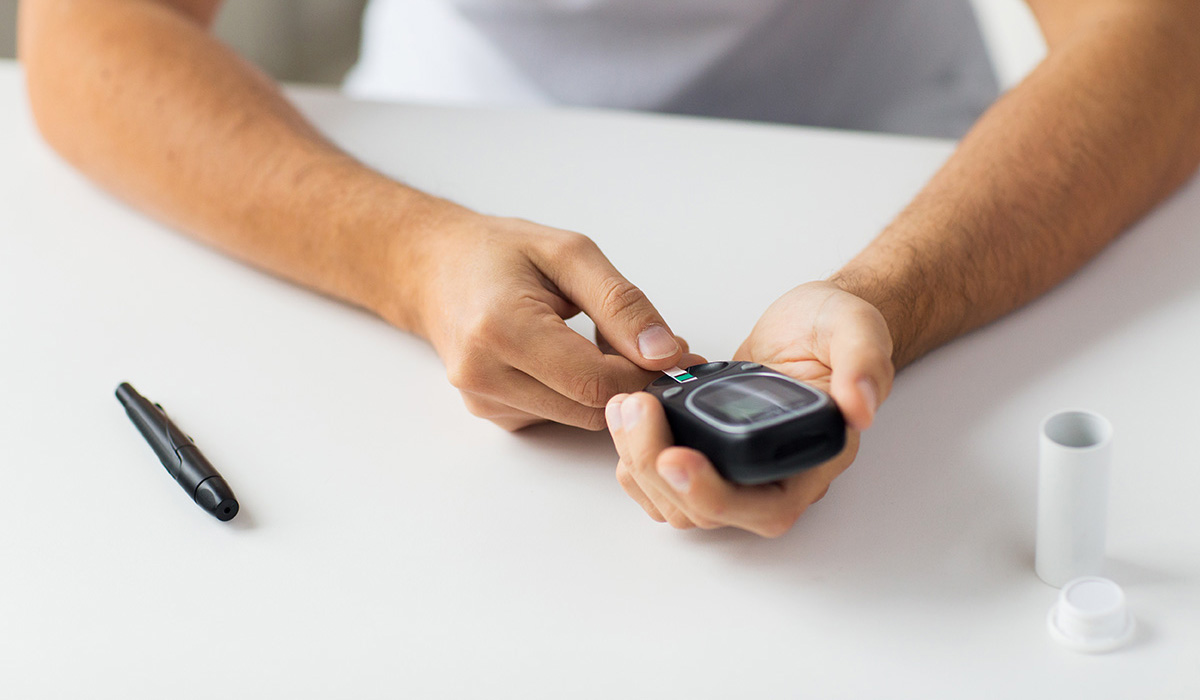April 2018
Skin and foot care is especially important when you have diabetes. Poor blood-glucose control increases the risk for skin and foot infection. Nerve damage due to diabetes also makes you less likely to feel pain. If the foot or skin is injured, wounds may heal slowly. If the wound is not treated correctly, severe infection can lead to gangrene and amputation.
Wash your feet and skin daily with non-drying soap. Test the water with your elbow instead of your hand or foot to make sure that it is not too hot. Pat yourself dry. Use lotion on your feet and skin, but not between your toes. (Lotion between the toes helps bacteria to grow.) Inspect your feet and skin daily. Look for the following signs:
- Red spots
- Dry skin
- Calluses
- Flaking skin
- Cuts
- Ingrown nails
Call your doctor if you are concerned about any wound. To prevent foot injuries:
- Never go barefoot.
- Shop for shoes in the late afternoon, when your feet tend to be larger.
- Wear comfortable shoes that have been broken in slowly.
- Wear flat shoes with good arch support and a wide toe base.
- Rarely, if ever, wear high-heeled shoes.
- Wear shoes made from leather.
- Wear wool or cotton socks to keep your feet warm and dry.
- Shake out your shoes before you put them on, to remove any object that may have gotten into them, such as a pebble or tack.
- Cut toenails straight across, and file off rough edges. Have a podiatrist or nurse trained in foot care do this if your nails are too thick to cut.
- Only have your doctor treat corns, calluses or ingrown toenails. Never treat them yourself.
- Throw away heating pads and hot water bottles. They could burn your feet and skin.
Source: U.S. Centers for Disease Control and Prevention



